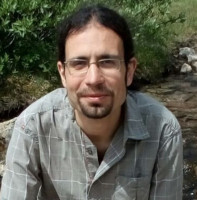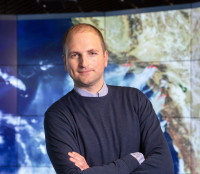Natural Catastrophes
Post-Doctoral Fellowships
Spain
Listening to buildings: towards reliable early warning for structural failure and collapse
Passive acoustics as an efficient and reliable structural health monitoring strategy
RheMechFail is developing models that can interpret the statistics of recorded acoustic emission events as a measurement of the internal state of the system. «The statistical properties of the whole population (of recorded acoustic events) can be used to assess the state of the material and it’s proximity to failure», he describes, indicating that «the right determination of this relation is a stepping stone for the development of future non-intrusive structural health monitoring tools needed to deliver early warning systems». Recognising that current SHM methods often neglect to take into account the correlation between separate acoustic events, as is the case in Seismology for instance, the present project innovates by studying how event-event triggering mechanisms operate during the deformation, hence considering the interactions between microcracks. «The ultimate goal of this project is to improve the reliability of the models used in SHM by introducing the adequate history-dependent representation of the intensity». Further, the researcher specifies that «the intensity will be deduced from physical principles and fitted from the known properties of the materials».
The monitoring and maintenance of civil infrastructures remains a challenge to modern societies. In the face of Climate Change, exposing unprepared populated areas to extreme weather conditions, the issue is becoming ever more pressing. To maintain public safety, and avoid disasters, it is thus fundamental to invest in the development of reliable and efficient tools for structural health monitoring. Once it is completed, the RheMechFail project will provide fundamental tools to develop future SHM techniques, enabling more accurate short term predictions of failure, issuing early warnings, evacuation calls or emergency procedures.

Jordi
BARO-URBEA
Institution
Centre de Recerca Matemàtica
Barcelona Graduate School of Maths (BGSMath)
Country
Spain
Nationality
Spanish
Related articles
Natural Catastrophes
Joint Research Initiative
Spain
Understanding Wildfire Risk: A Local-Scale Assessment Framework in Chile
Wildfire is a significant hazard across the globe, causing extensive economic, ecological and health impacts. While wildfires are common throughout... Read more

Marcos
RODRIGUES MIMBRERO

